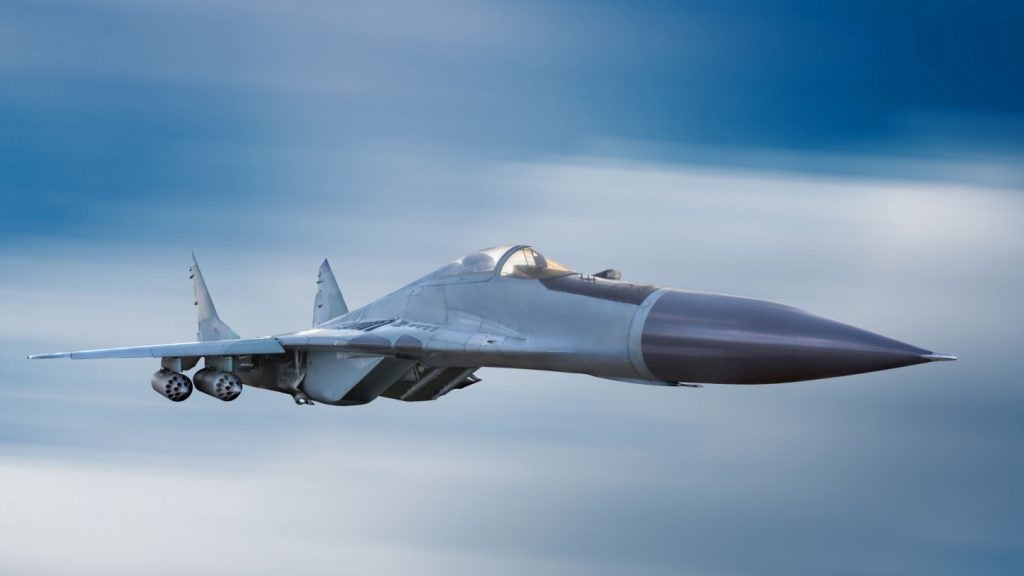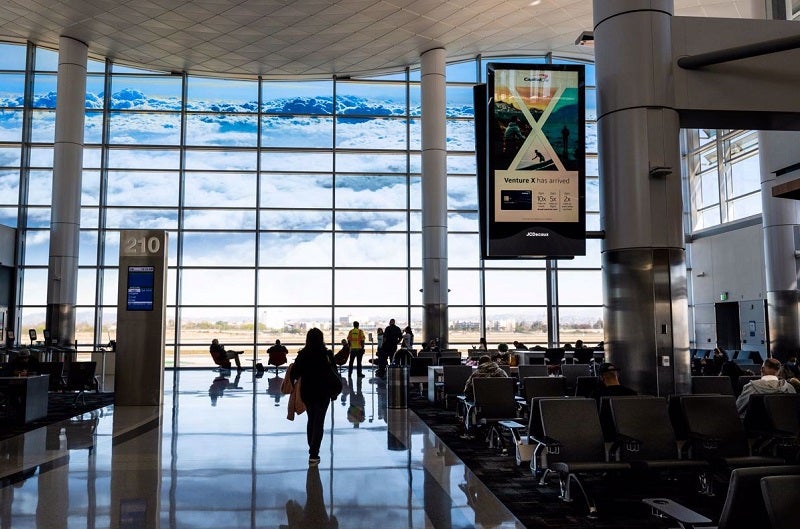
In the past 50 years, aeronautical ground lighting (AGL) systems have had a step-by-step evolutionary development. The configuration of airport lighting systems has moved from a collection of high intensity floodlights to a number of lights with a specific light output that has been configured into a precise pattern. These patterns are structured, specified and agreed on at an international level, driven by the needs of system participants and coordinated by the international civil aviation administration, ICAO.
One limitation is the absence of a standardised power supply for light-emitting diodes (LEDs). No preferences have been made so far by manufacturers. At the moment it is possible to use either series or parallel circuits, fed by AC or DC voltage. The absence of a standard means that lights, and other parts of the system, are not interchangeable between manufacturers.
At the moment, LED lights are mainly used in TWY lights, for guidance purposes at the airport. Attempts are being made to use LED lights in a complete approach lighting system. The light fitting is specified as a medium approach light but does not meet ICAO requirements for high intensity lights.
DEVELOPMENT
The LED technology industry is moving fast and in the next five years will probably offer LEDs that meet all photometric ICAO requirements for AGL systems.
See Also:
The challenge is for the industry to develop electronics that can match the life expectancy of LEDs, which will function in harsh environments. This will decrease maintenance costs considerably and radically reduce power consumption, which will have a great impact on supply and standby systems and probably lead to more variety in system design.
How well do you really know your competitors?
Access the most comprehensive Company Profiles on the market, powered by GlobalData. Save hours of research. Gain competitive edge.

Thank you!
Your download email will arrive shortly
Not ready to buy yet? Download a free sample
We are confident about the unique quality of our Company Profiles. However, we want you to make the most beneficial decision for your business, so we offer a free sample that you can download by submitting the below form
By GlobalDataStandardisation of components in the AGL circuit is crucial. It will simplify the purchase of equipment, increase competition between manufacturers and keep costs down for airports in the long-term.
SYSTEM REQUIREMENTS
AGL systems often have their origin in the electric power system environment owned by the airport. Most other systems originate from the electronic system environment owned by the air navigation services. The system design, safety and dependability requirements and levels differ, based on the origin.
A more holistic approach would benefit the human-machine interface (HMI), putting the needs of the flight controller into focus and leading to a better defined HMI. An accurate specification process would strengthen capacity, performances and characteristics and enhance user relevance. Procurement of equipment using the same technical platform will reduce investment and maintenance costs and result in higher dependability.
To manage the traffic in an efficient way – as well as performances and functions of the control and monitoring systems – will be of major importance. Isolated systems will be an exception to the rule. Smart and powerful functions, which overlap different systems to achieve multisensor and multifunction characteristics and wider validated data, will upgrade efficiency and promote safety.
Visual aids comply with ICAO annex 14 and are stated as serviceable at specific levels. To perform operations, the flight operator has to comply with JAR OPS. The problem is that these two regulators have not defined the same serviceability levels. The resolution of failing elements and the consequences are not the same. This means that the validation of a system’s serviceability differs between airports and operators.
For example, for a cat III landing, the outer part of the approach lighting system can be unserviceable without any restrictions according to JAR OPS. According to Annex 14, the same fault results in the approach lighting system being unserviceable and cancelling cat III operations.
FUTURE TECHNOLOGIES
For approach and landing systems, some manufacturers have ongoing tests, in which non-visible aids are used that form the same pattern as visible lights for an approach. The pattern is presented on a head-up display in the cockpit.
The non-visible aid is based on radiation and penetrates better through fog and snow than visible light. ICAO requires that validation of output from light fittings be performed. The development of sensors with real-time capabilities and characteristics to support this validation is a challenge for the future.
Ground movements of the future have to comply with ASMGCS requirements (doc. 9830) where routing has to be displayed in aircrafts and vehicles for specified conditions. In the long run, this will influence the amount of lights for orientation on the ground. Sensors benefiting from the semiconductor technology development will add new possibilities to support safe and efficient traffic flow.
Data exchange between clusters of systems in the air and on the ground will be more frequent in the future. As a consequence, aborted landings may automatically be initiated by the systems.
Operational needs for orientation within the airport will be supported by integrated GPS functionalities and predefined messages from communication systems and instantly displayed in aircrafts and vehicles. The use of new cost effective technologies for aeronautical aids will give fresh possibilities for small airports to cater for traffic under much worse visibility conditions than they do now.






